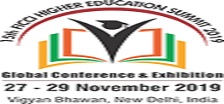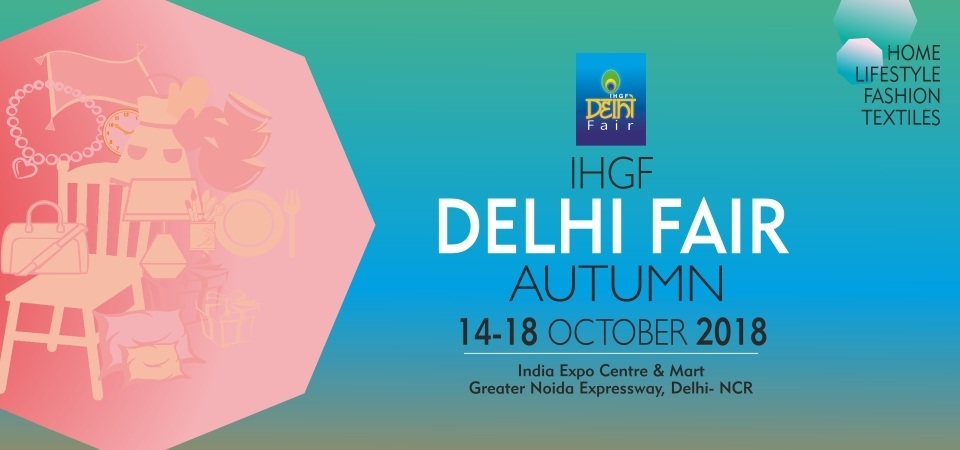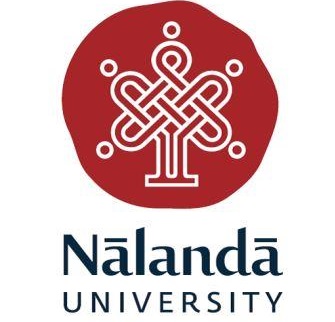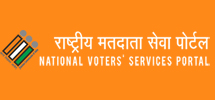India - Overview
India is one of the oldest civilizations in the world with a kaleidoscopic variety and rich cultural heritage. It has achieved all-round socio-economic progress during the last 70 years of its Independence. India has become self-sufficient in agricultural production and is now one of the top industrialised countries in the world and one of the few nations to have gone into outer space to conquer nature for the benefit of the people. It covers an area of 32,87,263 sq. km (1,269,346 sq. mi), extending from the snow-covered Himalayan heights to the tropical rain forests of the south. As the 7th largest country in the world, India stands apart from the rest of Asia, marked off as it is by mountains and the sea, which give the country a distinct geographical entity. Bounded by the Great Himalayas in the north, it stretches southwards and at the Tropic of Cancer, tapers off into the Indian Ocean between the Bay of Bengal on the east and the Arabian Sea on the west.
Lying entirely in the northern hemisphere, the mainland extends between latitudes 8° 4' and 37° 6' north, longitudes 68° 7' and 97° 25' east and measures about 3,214 km from north to south between the extreme latitudes and about 2,933 km from east to west between the extreme longitudes. It has a land frontier of about 15,200 km. The total length of the coastline of the mainland, Lakshadweep Islands and Andaman & Nicobar Islands is 7,516.6 km.
GEOGRAPHY:

Particulars
|
|
Descriptions
|
|
Location
|
The Indian peninsula is separated from mainland Asia by the Himalayas. The Country is surrounded by the Bay of Bengal in the east, the Arabian Sea in the west, and the Indian Ocean to the south.
|
|
Geographic Coordinates
|
Lying entirely in the Northern Hemisphere, the Country extends between 8° 4' and 37° 6' latitudes north of the Equator, and 68° 7' and 97° 25' longitudes east of it.
|
|
IST
|
GMT + 05:30
|
|
Area
|
3.3 million sq. km
|
|
Telephone Country Code
|
+91
|
|
Border Countries
|
Afghanistan and Pakistan to the north-west; China, Bhutan and Nepal to the north; Myanmar to the east; and Bangladesh to the east of West Bengal. Sri Lanka is separated from India by a narrow channel of sea, formed by Palk Strait and the Gulf of Mannar.
|
|
Coastline
|
7,517 km encompassing the mainland, Lakshadweep Islands, and the Andaman & Nicobar Islands.
|
|
Climate
|
The climate of India can broadly be classified as a tropical monsoon one. But, in spite of much of the northern part of India lying beyond the tropical zone, the entire country has a tropical climate marked by relatively high temperatures and dry winters. There are four seasons:
·Winter (December-February)
·Summer (March-June)
·South-West monsoon season (June-September)
·Post monsoon season (October-November)
|
|
Terrain
|
The mainland comprises of four regions, namely the great mountain zone, plains of the Ganga and the Indus, the desert region, and the southern peninsula.
|
|
Natural Resources
|
Coal, iron ore, manganese ore, mica, bauxite, petroleum, titanium ore, chromite, natural gas, magnesite, limestone, arable land, dolomite, barytes, kaolin, gypsum, apatite, phosphorite, steatite, fluorite, etc.
|
|
Natural Hazards
|
Monsoon floods, flash floods, earthquakes, droughts, and landslides.
|
|
Environment - Current Issues
|
Air pollution control, energy conservation, solid waste management, oil and gas conservation, forest conservation, etc.
|
|
Environment - International Agreements
|
Rio Declaration on environment and development, Cartagena Protocol on biosafety, Kyoto Protocol to the United Nations Framework Convention on climatic change, World Trade Agreement, Helsinki Protocol to LRTAP on the reduction of Sulphur emissions of nitrogen oxides or their transboundary fluxes (Nox Protocol), and Geneva Protocol to LRTAP concerning the control of emissions of volatile organic compounds or their transboundary fluxes (VOCs Protocol).
|
|
Geography
|
India occupies a major portion of the south Asian subcontinent.
|
PEOPLE:

Particulars
|
|
Descriptions
|
|
Population
|
India’s population reached 146.39 crore in April 2025 as per the UNFPA’s “State of the World Population 2025” report, with Total Fertility Rate (TFR) dropping to 1.9, below the replacement level of 2.1. Based on projections: Males: Approximately 51.5% → around 753 million and Females: Approximately 48.5% → around 710 million
The last census was held in 2011, whilst the next was to be held in 2021 before it was postponed due to the COVID-19 pandemic in India. The next 16th census will commence from 1st October 2026
India's population, as on 1 March 2011 stood at 1,210,193,422 (623.7 million males and 586.4 million females).
|
|
Population Growth Rate
|
0.89% annually
|
|
Birth Rate
|
16.55 births per 1,000 people
|
|
Death Rate
|
7.53 deaths per 1,000 people
|
|
Life Expectancy Rate
|
Overall: Around 72.5 years; Male: 71 years, Female: 74 years
|
|
Sex Ratio
|
Around 929 females per 1000 males
|
|
Nationality
|
Indian
|
|
Ethnic Groups
|
All the five major racial types - Australoid, Mongoloid, Europoid, Caucasian, and Negroid find representation among the people of India.
|
|
Religions
|
Hindus constituted the majority with 79.8%, Muslims came second at 14.2%, followed by Christians 2.3%, Sikhs 1.7%, Buddhists 0.7%, Jains 0.4$, and others.
|
|
Languages
|
There are 22 different languages that have been recognised by the Constitution of India, of which Hindi is an Official Language. Article 343(3) empowered Parliament to provide by law for continued use of English for official purposes.
|
|
Literacy
|
Overall Literacy: 77.7%; Male: 84.7%, Female: 70.3%
|
GOVERNMENT:

Particulars
|
|
Descriptions
|
|
Country Name
|
Republic of India; Bharat Ganrajya
|
|
Government Type
|
Sovereign Socialist Secular Democratic Republic with a Parliamentary system of Government.
|
|
Capital
|
New Delhi
|
|
Administrative Divisions
|
28 States and 8 Union Territories
|
|
Independence
|
15 August 1947 (From the British Colonial Rule)
|
|
Constitution
|
The Constitution of India came into force on 26 January 1950.
|
|
Legal System
|
The Constitution of India is the fountain source of the legal system in the Country.
|
|
Executive Branch
|
The President of India is the Head of the State, while the Prime Minister is the Head of the Government, and runs office with the support of the Council of Ministers who form the Cabinet Ministry.
|
|
Legislative Branch
|
The Indian Legislature comprises of the Lok Sabha (House of the People) and the Rajya Sabha (Council of States) forming both the Houses of the Parliament.
|
|
Judicial Branch
|
The Supreme Court of India is the apex body of the Indian legal system, followed by other High Courts and subordinate Courts.
|
|
Flag Description
|
The National Flag is a horizontal tricolour of deep saffron (kesaria) at the top, white in the middle, and dark green at the bottom in equal proportion. At the centre of the white band is a navy-blue wheel, which is a representation of the Ashoka Chakra at Sarnath.
|
|
National Days
|
26 January (Republic Day)
15 August (Independence Day)
2 October (Gandhi Jayanti; Mahatma Gandhi's Birthday)
|
























